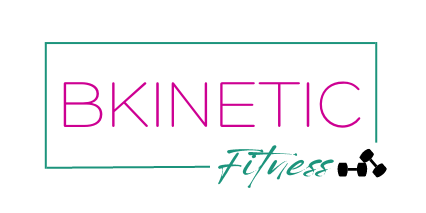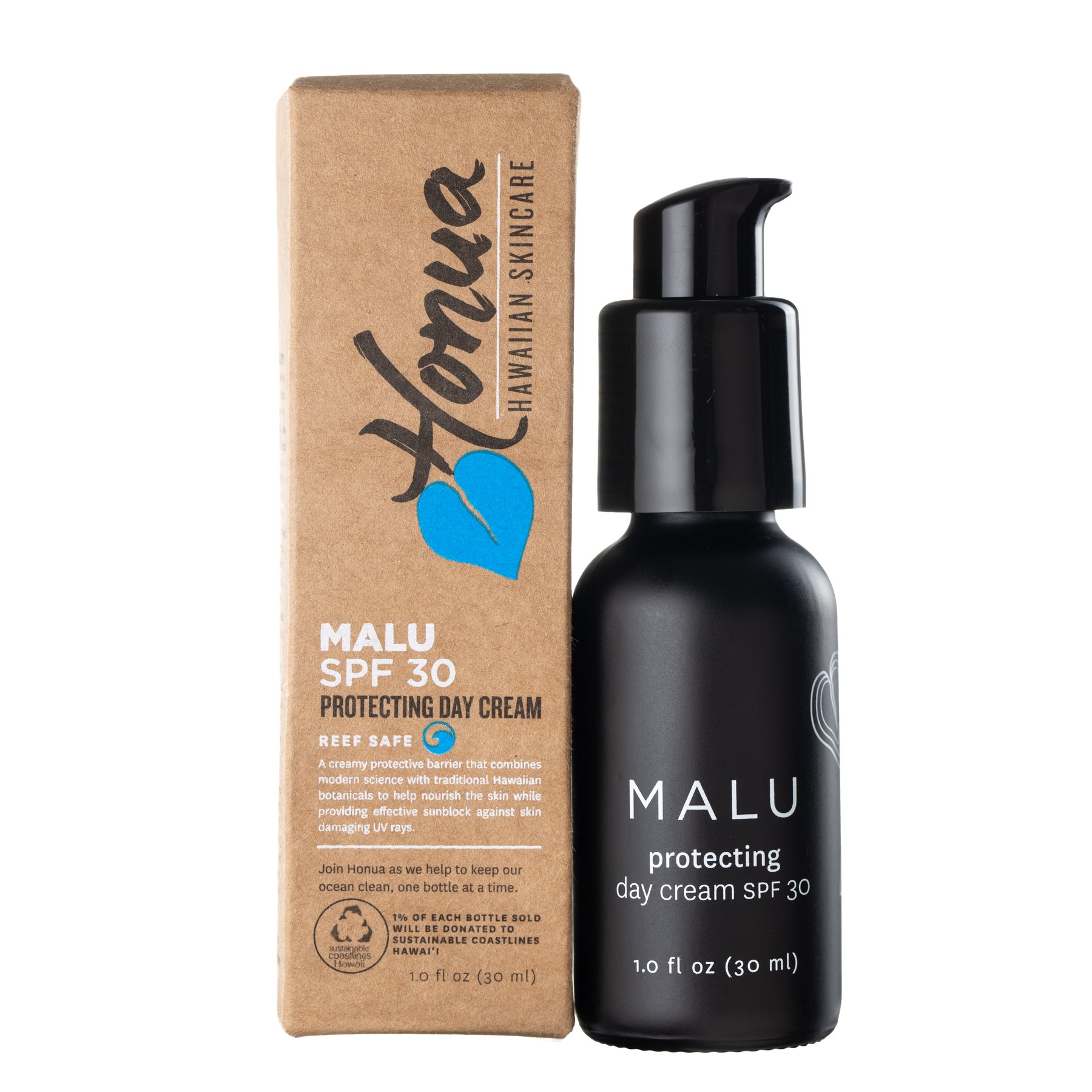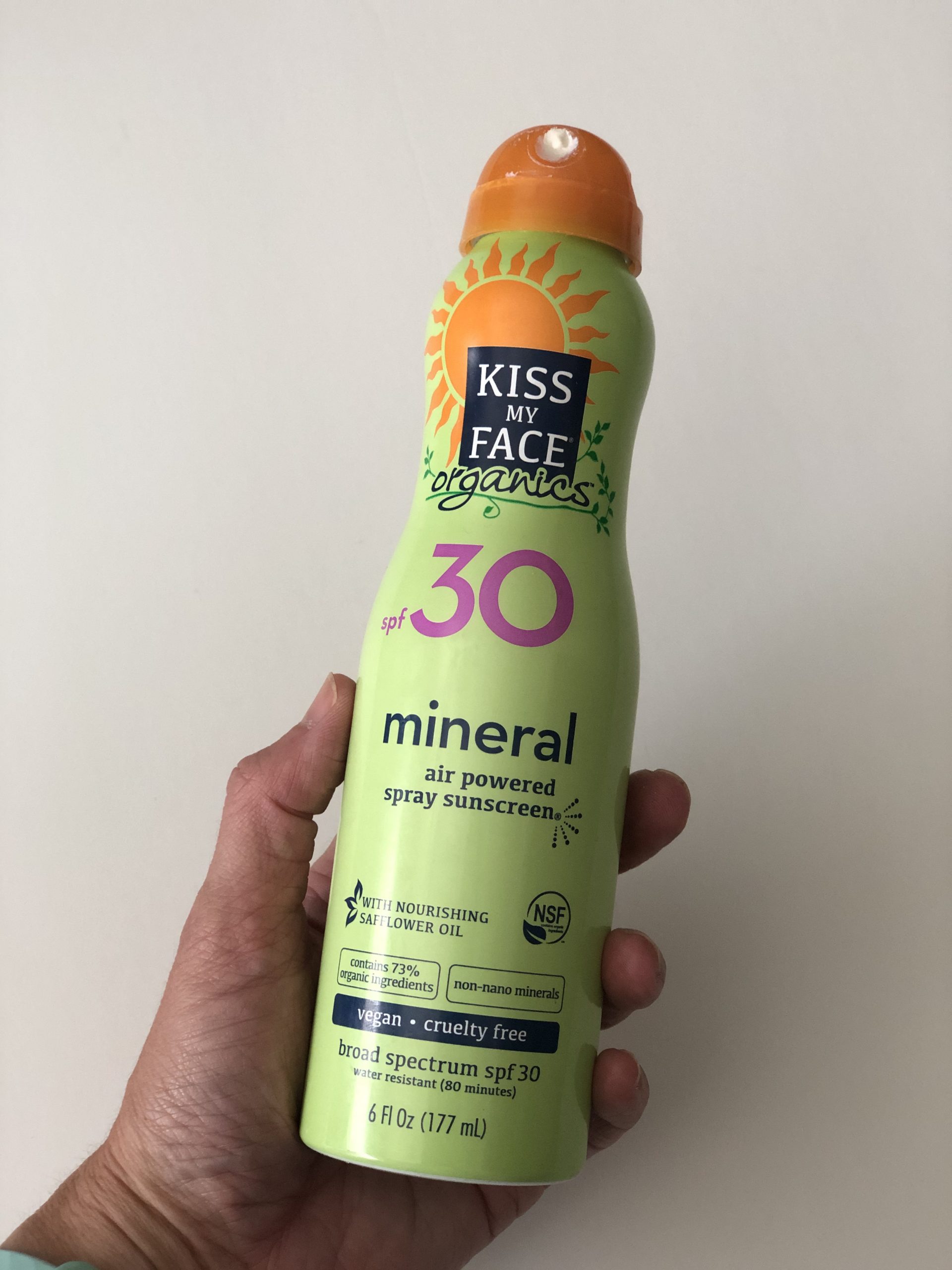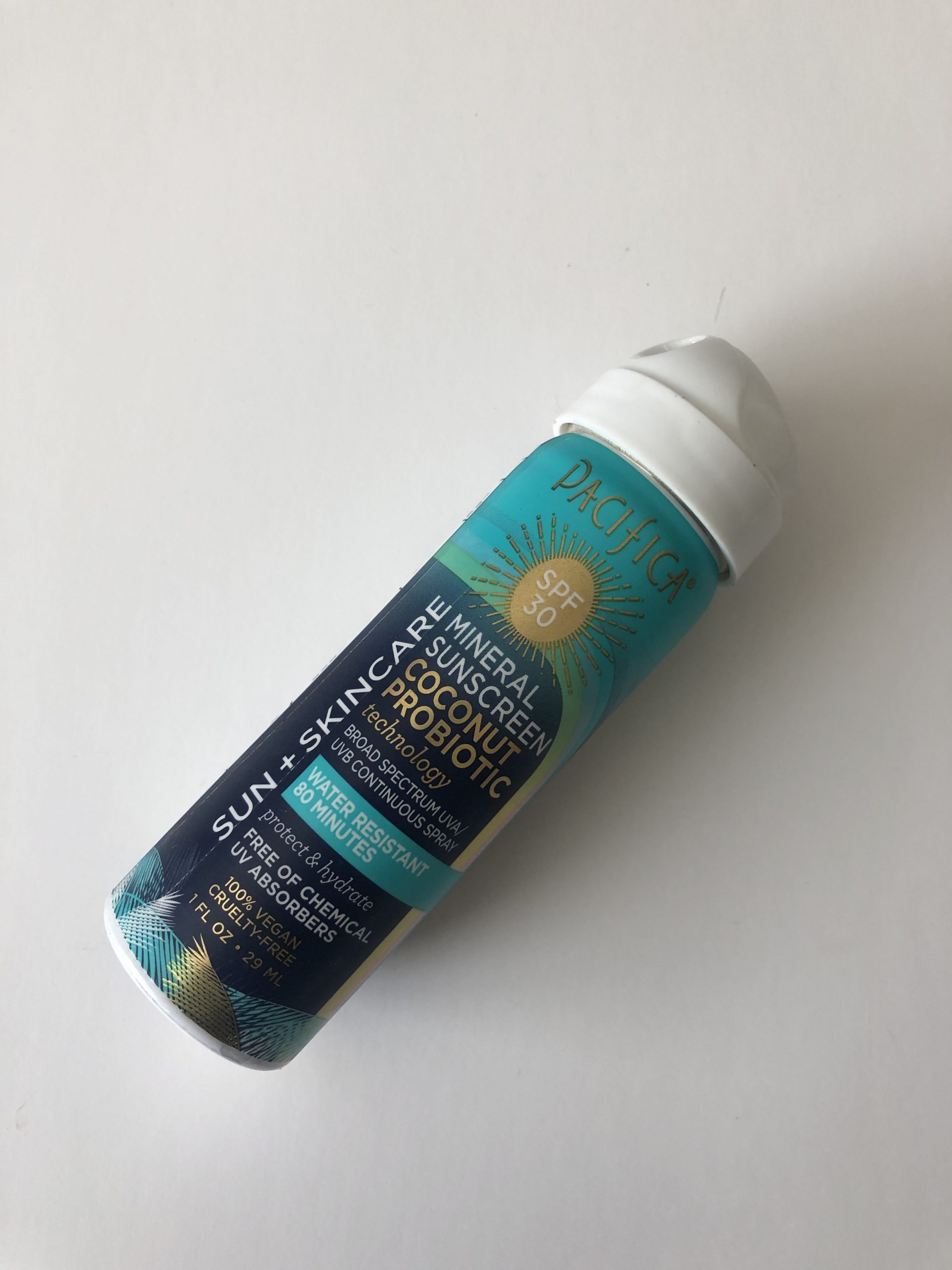
Two million people will be diagnosed with skin cancer every year, with a small percentage of those having the very dangerous form of melanoma.
I personally know several people who have been diagnosed and treated, which adds to my interest in addressing this important health issue. So, let’s talk about safer sunscreen and limiting damage from daily sun exposure.
Sun exposure is necessary, healthy, and important for overall health. It’s how we make Vitamin D, it helps regulate hormones, refresh our skin cells, and improve our moods.
The dangerous thing to avoid, however, is BURNS. Getting a sunburn indicates cellular damage and is what will cause cancer to form when energetic ultraviolet radiation damages DNA.
Regular use of sunscreen can reduce your risk of developing squamous cell carcinoma by about 40 percent and lower your melanoma risk by 50 percent. It also helps prevent premature skin aging caused by the sun, including wrinkles, sagging, and dark spots.
Although it’s definitely better to use some sort of sunscreen to prevent sunburns, there are options that are healthier than others. In this post, I’ll share the differences in the types of sunscreens (ingredients, SPF, water resistance, etc.), safety and recent research, and a round-up of mineral sunscreens reviews.
Types of Sunscreen
Physical sunscreen ingredients (including the minerals titanium dioxide and zinc oxide) block and scatter the rays before they penetrate your skin. They are less likely to cause irritation, so those with sensitive skin will want to stick with this kind.
Chemical sunscreens absorb UV rays and convert them to heat to transform and disperse the UV rays before they can damage your skin. They typically include a combination of 2-6 of the following active ingredients: oxybenzone, avobenzone, octisalate, octocrylene, homosalate and octinoxate.
A handful of products combine zinc oxide with chemical filters.
Sunscreens labeled water resistant are tested to be effective for up to 40 minutes of swimming or intense, sweaty exercise, while very water resistant sunscreens stay effective for up to 80 minutes in the water. No sunscreen is waterproof, however; they all eventually wash or rub off.
SPF 101
SPF stands for Sun Protection Factor. This number tells you how long the sun’s UVB rays would take to redden your skin if you apply the sunscreen exactly as directed compared with the amount of time without sunscreen. So, if you use an SPF 30 product properly, it would take you 30 times longer to burn than if you used no sunscreen.
A sunscreen labeled broad spectrum protects your skin from both UVA and UVB rays.
But don’t get sucked into thinking a super-high SPF is so much better — the labels can be misleading.
- SPF 15 protects from 93% of UVB rays
- SPF 30 protects from 97% of UVB rays
- SPF 50 protects from 98% of UVB rays (only a 1% difference between SPF 30 and 50)
A minimum of 10 percent concentration of zinc oxide and/or titanium dioxide (in mineral sunscreens) may be helpful, according to Susan Swetter, MD, professor of dermatology and director of the Pigmented Lesion and Melanoma Program at the Stanford Cancer Institute. The higher the percentage, the more opaque it’s going to appear on the skin.
The FDA in the US requires that a sunscreen remain at its original strength for at least 3 years. I recommend using a sharpie to write down the date you purchased your sunscreen so you know how old it is (it should have an expiration date on it as well). Even unopened sunscreens will lose their effectiveness over time.
Avoid exposing sunscreen to excessive heat and direct sun. Discard any sunscreen that has changes in its color, smell, or consistency.
Application Tips
Apply every day! Apply a sunscreen of at least SPF 15 15-30 minutes before heading outside to allow the sunscreen to bind to your skin. Reapply every 90 minutes to 2 hours of exposure and immediately after swimming or excessive sweating. Even when it’s cloudy, up to 80 percent of the sun’s UV radiation reaches the earth. Going unprotected on an overcast day can still lead to skin damage.
Shake the bottle or tube beforehand, especially with mineral sunscreens, as they tend to separate. The recommended dosage is 1 oz. (the size of a shot glass) for the whole body. One teaspoon for the face and neck is a good rule of thumb as well. Make sure to apply with clean hands.
If you’re especially sensitive to the sun or are going to be sweating or swimming, it can be helpful to layer two different types of sunscreen (such as a liquid followed by a stick or mist). This is what I do here in the Texas summers when I go out for my runs or walks and I’m sweating like crazy. I’ll even take my little Beautycounter sunscreen stick with me to reapply to the areas that are exposed the most, like my face, neck, chest, and shoulders.
On a side note, if you have dark spots, such as patches of melasma, a mineral sunscreen is a better choice than traditional chemical sunscreens, according to experts, as minerals like zinc oxide and titanium dioxide reflect the sun’s rays. Chemical sunscreens can actually make dark spots worse, which I’ve found out the hard way in the past.
Sunscreen Safety & the FDA
The FDA published a study in May 2019 showing concerns about (and a need for further testing of) chemical sunscreens and stating a preference for the mineral kind. A second study published in January 2020 tested absorption of six common sunscreen ingredients (avobenzone, oxybenzone, octocrylene, homosalate, octisalate, and octinoxate) contained in four commercially available sunscreen products (lotion, aerosol spray, nonaerosol spray and pump spray). Six other common ingredients were not tested.
While additional data are needed, results showed that all six active ingredients were absorbed into the body’s bloodstream – even after a single use. An additional finding from this new study is that once absorbed, these active ingredients can remain in the body for extended periods of time.
According to the FDA’s website: “While both of these studies make a great start, additional data are needed for each of these 12 active sunscreen ingredients in order to fully understand their absorption into the body as well as the long-term effects of absorption. Without further testing, the FDA does not know what levels of absorption can be considered safe.”
That said, absorption does not necessarily equal risk – the FDA still advises continued use of sunscreens in general, as well as other protective behaviors (clothing, hat, sunglasses, seeking shade).
This is enough info for me (a 41-year-old woman with multiple chronic health issues — hypothyroidism, perimenopause, etc.) to make the switch to mineral sunscreen, especially when the safer option works so well. Here are a few of the harmful effects of chemical sunscreens:
- Can possibly interact and disrupt human sex hormones or thyroid hormones
- Can cause skin and eye irritation and allergies (if you have sensitive skin, you’ll want to stick with mineral versions)
- Can increase pigmentation (makes brown spots darker because of increased generated heat)
- Known to cause environmental damage, especially to coral reefs (which is why it’s being banned in Hawaii and Key West, FL, effective in 2021.)
Meanwhile, mineral sunscreens create a physical layer that the sun can’t penetrate, and Beautycounter is the market leader in safer sunscreen. Beautycounter’s mineral sunscreen contains the recommended zinc oxide or titanium dioxide in a non-nano safer formula that also includes California poppy to block the aging blue light rays as well. And they triple-test all batches of all products to make sure they’re not hazardous to our health (contaminants, heavy metals, etc.) or the environment.
I love that the spray mist (14.5% zinc oxide) doesn’t have aerosol or propellants that are harmful to the environment and has a super fine mist and rubs in completely, unlike other mineral sunscreens I’ve used, which look white and chalky on my skin (yuck! See reviews below).
For those who tan easily or have darker skin tones, the tinted sunscreen mists would be a great choice. The award-winning Dew Skin tinted moisturizer (14% zinc oxide) has a sheer, radiant finish with SPF 20. I’m a big fan of the stick (15.4% zinc oxide) for my face (I have oily, acne-prone skin, and it goes on nearly matte and doesn’t cause breakouts), as well as the new Countersun daily sheer face lotion (14.96% zinc oxide). The lotion (19% zinc oxide) is on the thicker side and does an okay job of blending in, with just a hint of white.
As a consultant and fan, I am definitely biased towards Beautycounter, and I have no qualms about that. The products are just the best overall that I’ve found through my many years of experimentation and research as a self-admitted beauty junkie and persistent acne/melasma sufferer. I have high-maintenance skin, so I’m very picky and willing to try just about anything.
That said, I want to share other clean beauty companies and products that meet my high standards to give you more options. Here are my thoughts on other mineral sunscreens that I’ve tried:
Mineral Sunscreen Reviews
Ilia Beauty Super Serum Skin Tint SPF 40
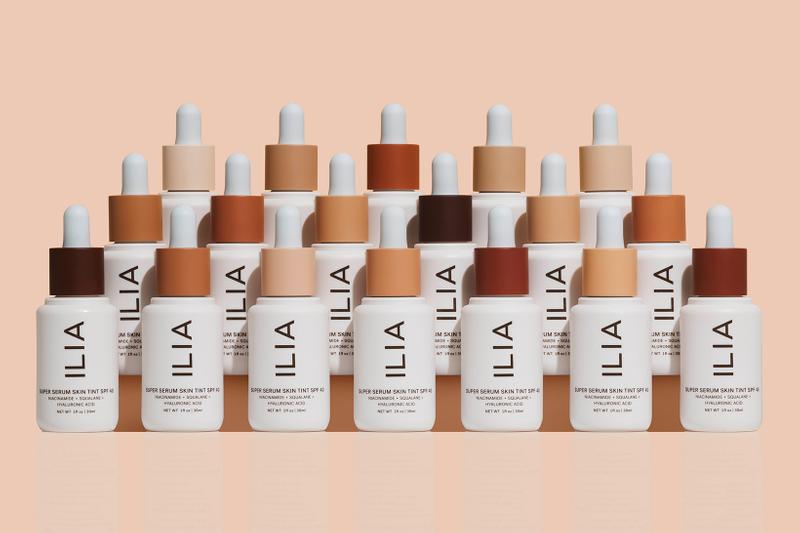
Although not a strict “regular” sunscreen that you’d take to the beach, I just had to include this amazing tinted SPF ($48 for 1 fl. oz.). Coming in 30 shades, it’s a light-coverage, tinted mineral SPF 40 serum that fuses skincare, makeup, and sun protection into one easy step. It features SPF 40 coverage with non-nano zinc oxide (12%) to safely shield skin from UVA, UVB, UVC, blue light and infrared rays.
Created with a blend of hyaluronic acids, plant-based squalane, and niacinamide, Ilia’s Skin Tint evens skin tone, softens fine lines and imperfections, and dries down to a natural, dewy (but not oily-looking) finish. It’s silicone-free, fragrance-free, oil-free, and safe for sensitive skin. Even with my oily, acne-prone skin, this tint blends in beautifully and makes my skin look like skin, but better.
Ilia Beauty Radiant Translucent Powder SPF 20

It’s a nightmare trying to reapply SPF over a full face of makeup. Ilia Beauty’s talc-free SPF 20 translucent powder ($34 for 0.07 oz.) makes it easy. It also nourishes and softens skin, while taking down shine thanks to a skin-texture, translucent finish.
Housed in a seamless flow-thru component that clicks to open and closed, this handheld powder also offers a ‘buff’ setting for even more control, and removable brush for easy cleaning. Ideal for touch-ups, or for reapplying SPF throughout the day while on-the-go.
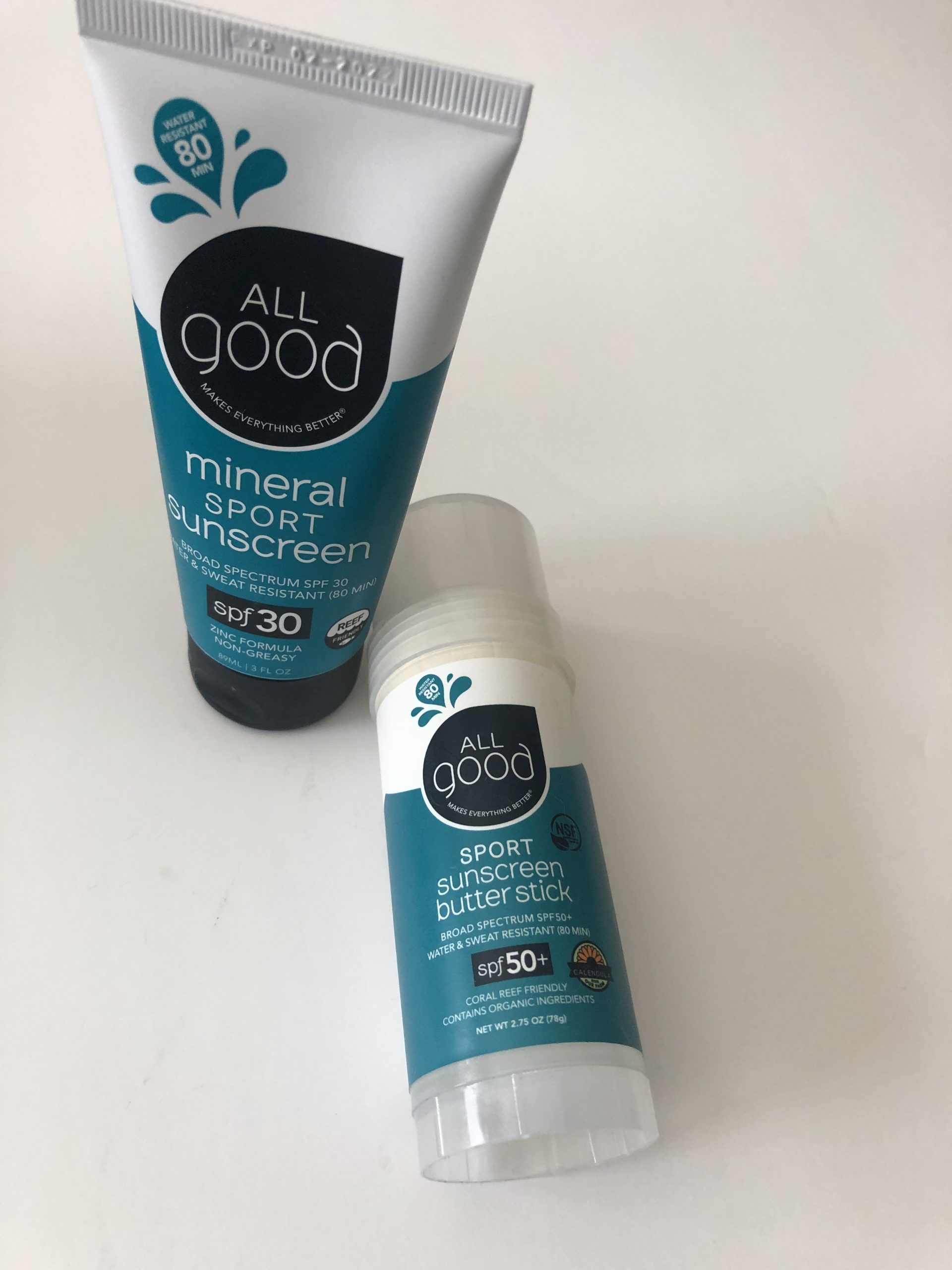 All Good Mineral Sport Sunscreen Lotion, Butter Stick, and Lip Balm
All Good Mineral Sport Sunscreen Lotion, Butter Stick, and Lip Balm
All Good mineral sunscreens use non-nano zinc oxide as the active ingredient, a blend of organic coconut oil, jojoba oil, and shea butter, plus added antioxidants like green tea leaves and rose hip oil to help nourish and repair your skin.
All Good is a B Corporation (just like Beautycounter — B Corps are businesses that meet the highest standards of verified social and environmental performance, public transparency, and legal accountability to balance profit and purpose; ie: they give a shit about people and the planet.). Their products are reef-friendly and Leaping Bunny certified (cruelty-free). They are paraben-free, certified organic by USDA/NOP, and are made in the USA.
The lotion ($15.99 for 3 oz.) has broad spectrum SPF 30 (16% zinc oxide) and is water-resistant for 80 minutes, which makes these ideal for hanging out at the pool or beach, as well as those sweaty outdoors workouts. It has a medium texture, not runny but also not thick and chalky. It rubs in nearly clear without greasiness.
The butter stick ($15.99) has broad spectrum SPF 50 and is also water-resistant for 80 minutes. It is thick and white, as you would imagine, and has a tendency to leave a bit of a white cast behind, which is no wonder due to its zinc oxide concentration of 25%. This definitely stays put no matter how much you sweat.
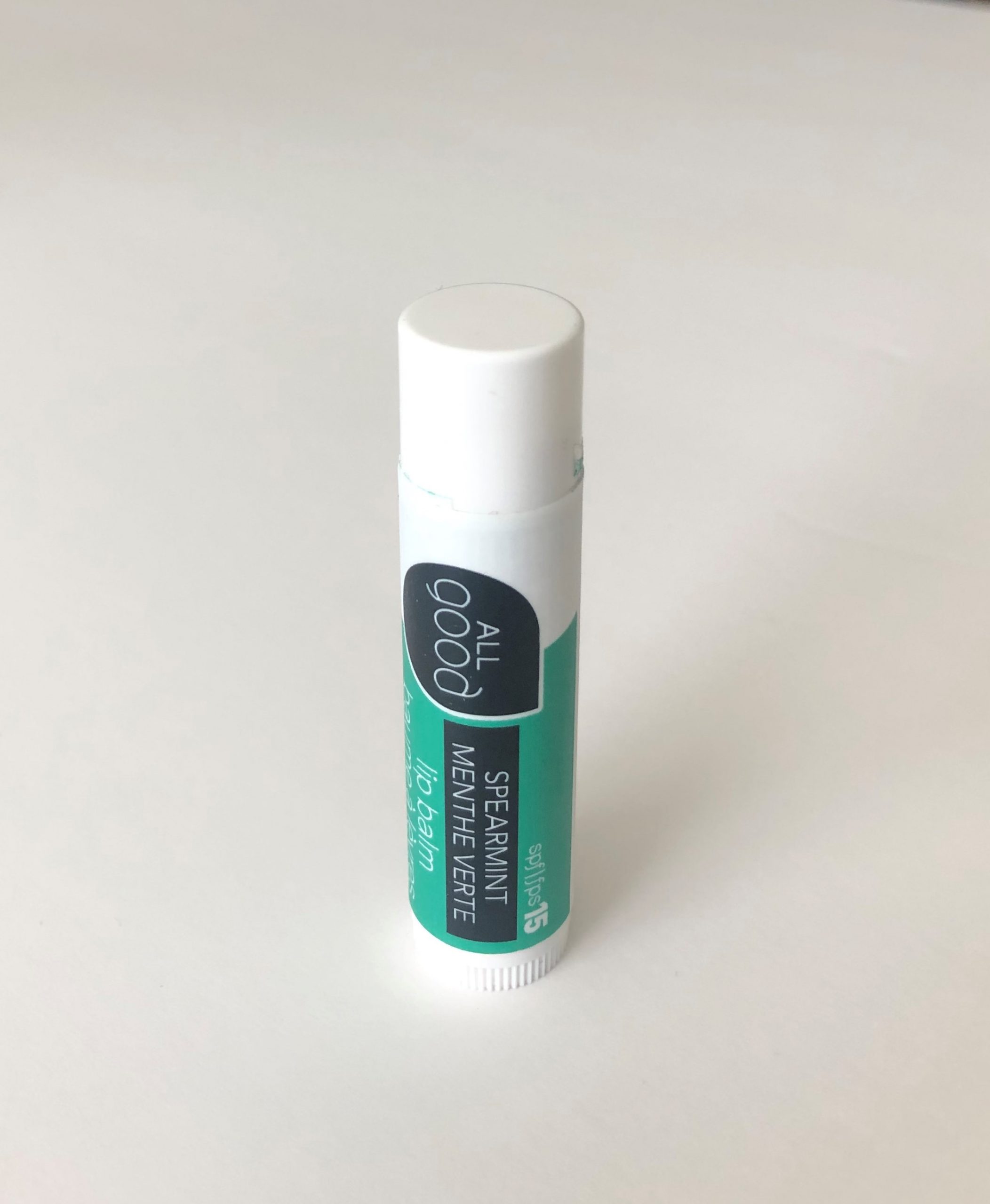
The lip balms ($3.50) have broad-spectrum SPF 15 and are made with essential oils, beeswax, calendula, and extra virgin olive fruit oil to moisturize lips with a pleasant scent and taste. As of this writing, you can get a 3-pack of lip balms free with orders of $50 or more on the All Good website.
Bottom line, I’ve been using these 3 products for over a year now, and I’m a big fan. Highly recommend as a more affordable option.
Acure Radically Rejuvenating SPF Day Cream SPF 30
This is a nice, affordable daily SPF moisturizer ($15.99 for 1.7 fl. oz.). It’s more of a light lotion than a cream. It didn’t make my oily skin greasy (a slightly shiny finish, but nothing that my foundation and/or powder couldn’t take care of).
This is a broad spectrum, non-nano sunscreen with SPF 30 (15.5% zinc oxide). It’s free of parabens, sulfates, phthalates, mineral oil, and silicones. Vegan, cruelty-free. Also contains turmeric (anti-inflammatory, antimicrobial, and antioxidant properties), ferulic acid (antioxidant that boosts the effectiveness of other antioxidants), Vitamin C (antioxidant that’s great for dark spots), and aloe.
Coola Organic Mineral Face Sunscreen Matte Finish SPF 30
The Coola matte finish sunscreen ($36 for 1.7 fl. oz.) is fragrance-free, broad spectrum, and water resistant for 80 minutes (8.3% zinc oxide + 2.7% titanium dioxide).
It’s antioxidant-rich with red raspberry seed oil, buriti oil, meadowfoam seed oil, and prickly pear extract to fight free radicals and nourish skin. Rosehip oil and evening primrose oil are also antioxidants and essential fatty acids. It’s vegan, cruelty-free, and reef-safe.
I love this sheer sunscreen if only for the matte finish (not greasy!) and how well it does under makeup (makes a good primer). I’m not a fan of the smell, but it’s tolerable. I liked the tinted version as well.
Coola Tinted Mineral LipLux SPF 30
This broad spectrum SPF 30 lip balm ($18) is water resistant up to 40 minutes (2.8% titanium dioxide + 1.4% zinc oxide) and contains organic cupuaçu butter and mongongo oil. It’s cruelty-free and reef-friendly, with no parabens.
I love the combo of high SPF protection and pretty, natural-looking color. It comes in six shades and has a matte finish.
Honua Hawaiian Skincare Malu Protecting Day Cream & Sunscreen SPF 30
I first discovered this SPF day cream ($42 for 1 fl. oz.) when it came in my latest CauseBox. Honua is a woman-owned company, and a percentage of the proceeds from Malu benefits Sustainable Coastlines Hawaii, a non-profit that educates the community and keeps oceans clean.
It has 12% non-nano broad spectrum zinc oxide and comes in a small glass bottle with a pump. It has a strong tropical floral scent (jasmine and noni) which is a bit of a turnoff for me personally, as I prefer more subtle scents in my skincare products.
Malu is palm-free, cruelty-free, vegan, and free of synthetic fragrances. This is a creamy, luxurious day cream that does not leave a white cast behind. It’s a bit heavy for my oily skin, especially in the summer, but I’d recommend it for dry and normal skin.
Kiss My Face Organics SPF 30 Mineral Air Powered Spray Sunscreen
This spray sunscreen ($21.00 for 6 oz.) has aloe vera and green tea, is vegan, cruelty-free, and reef-friendly with 6% zinc oxide + 6% titanium dioxide. It’s free of parabens and phthalates.
I’m really not a big fan of this sunscreen. It does the job of protecting skin from burns, but it leaves behind the dreaded white cast and does not rub in well. And as you sweat, it looks even worse.
Pacifica Sun + Skincare Mineral Sunscreen SPF 30
The Pacifica spray sunscreen ($16 for 6 fl. oz.) is water resistant for 80 minutes, broad spectrum, and uses 14.5% non-nano zinc oxide. It’s vegan and cruelty-free with a coconut scent that’s not overpowering. Also free of petroleum, parabens, and phthalates.
This spray is a decent option (and also comes in a cute on-the-go size!). In my opinion, it’s not quite as good as the Beautycounter version — not as fine a mist and doesn’t rub in as well — but it’s a good drugstore alternative and beats out the Kiss My Face spray above.
Although I haven’t personally tried the following brands of sunscreen, they have gotten good reviews on ConsumerReports.org and from fellow safer sunscreen lovers:
Badger Active Unscented Broad Spectrum SPF 30 Sunscreen Cream
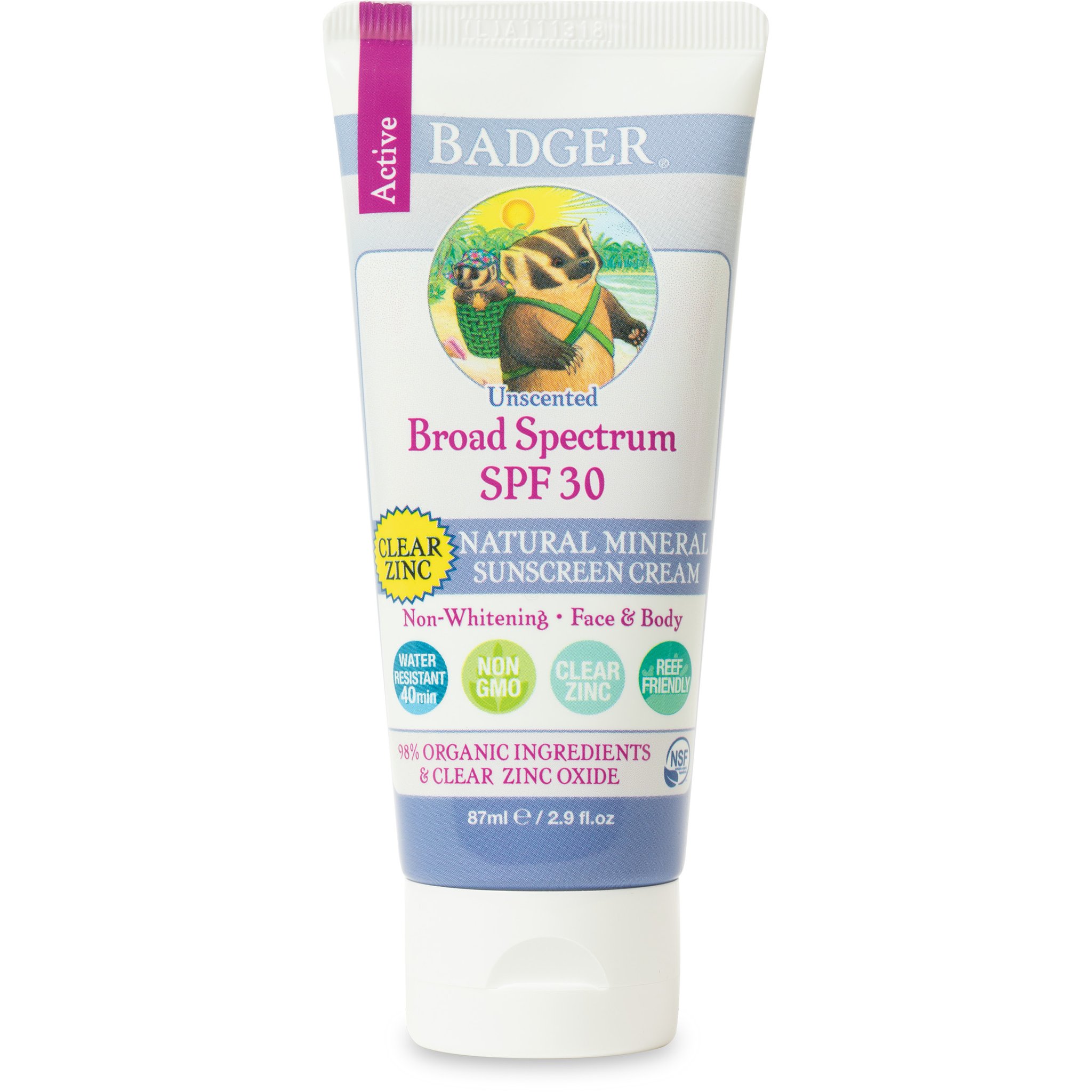
California Kids SuperSensitive Sunscreen Lotion SPF 30

